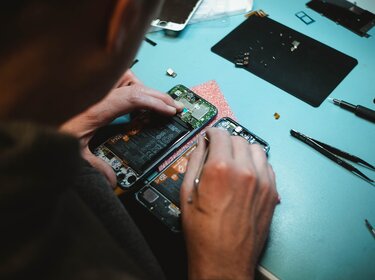The main objective of the Toy Safety Directive is to ensure a high level of safety with a view to ensuring the health and safety of children. Looking at the notifications in the Safety Gate for alerts of dangerous toys (RAPEX notifications), however, toys have been ranking consistently in one of the top categories of products with the highes number of notifications for dangerous products per year. The Commission itself states in its Impact Assessment Report accompanying the new proposal that a total of 3.579 toys were subject to a Safety Gate alert between January 2016 and May 20221. Around 40% of these notifications concerned chemical risks, namely exposure to dangerous chemical substances, while another 40% concerned choking risks for younger children that can lead to fatal injuries. These figures are bolstered by equally alarming data from market surveillance reports.
The Commission proposal tries to address these concerns by introducing the Digital Product Passport (DPP) as a new tool to allow for automated custom controls of toys entering the Union market. While the introduction of a DPP is certainly welcome as an instrument to collect and share information digitally, it is not a sufficient measure to increase the level of compliance of toys. This is mainly due to the fact that customs and market surveillance authorities will only be able to verify whether the information are available and complete, but not whether they are actually valid. To verify if manufacturers have complied with the actual requirements of this regulation such as the limit values for chemical substances, the toy must be actually tested in a laboratory by an independent body. Therefore, the DPP is not an adequate instrument to detect non-compliances and cannot be a substitution for more stringent conformity assessment procedures.
Rather, the EU legislator should in addition provide for a mandatory third-party assessment for certain categories of toys presenting an elevated risk. Following the precautionary principle, an independent assessment by Notified Bodies can detect these non-compliances before the toy is placed on the market thereby significantly reducing the number of non-compliant toys. In addition, it must be ensured that all smart toys are subject to the requirements and applicable conformity assessment procedures of the horizontal legislation on cybersecurity and AI.
Our central demands
Digital Product Passport: Implement the DPP as a transparency tool.
Third-party assessment: Recognize the value of independent assessments by Notified Bodies.
Smart toys: Ensure that smart toys are fully covered by the requirements of horizontal legislation.
Chemicals: Maintain the proposed tightening of the limit values for certain chemicals, as well as the extension of the generic ban to chemicals
Injury database: Set up an injury database with harmonised requirements for the notification of toy-related injuries by doctors.
Download
Position Paper: "EU Commission proposal for a Toy Safety Regulation" (EN)




